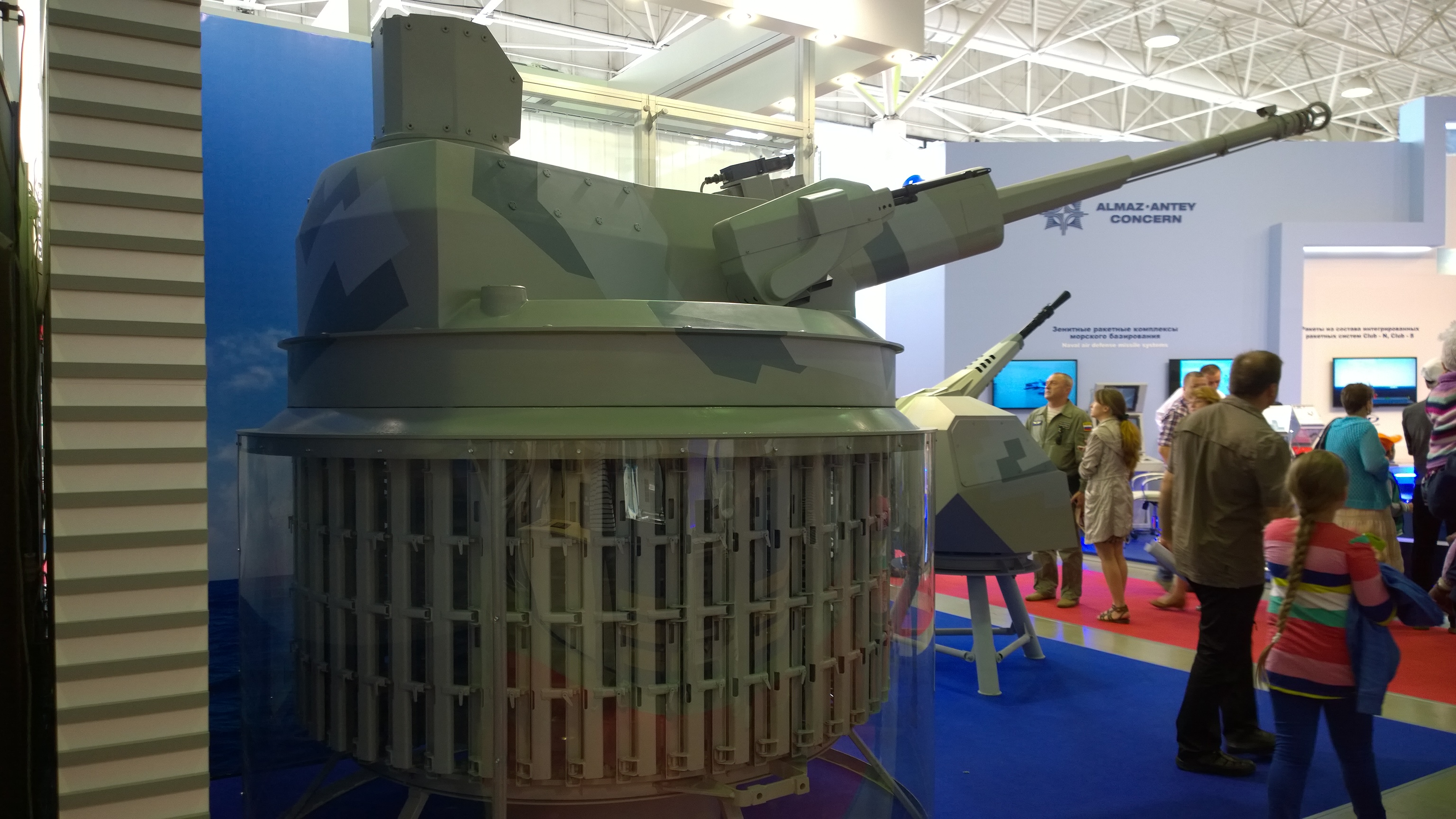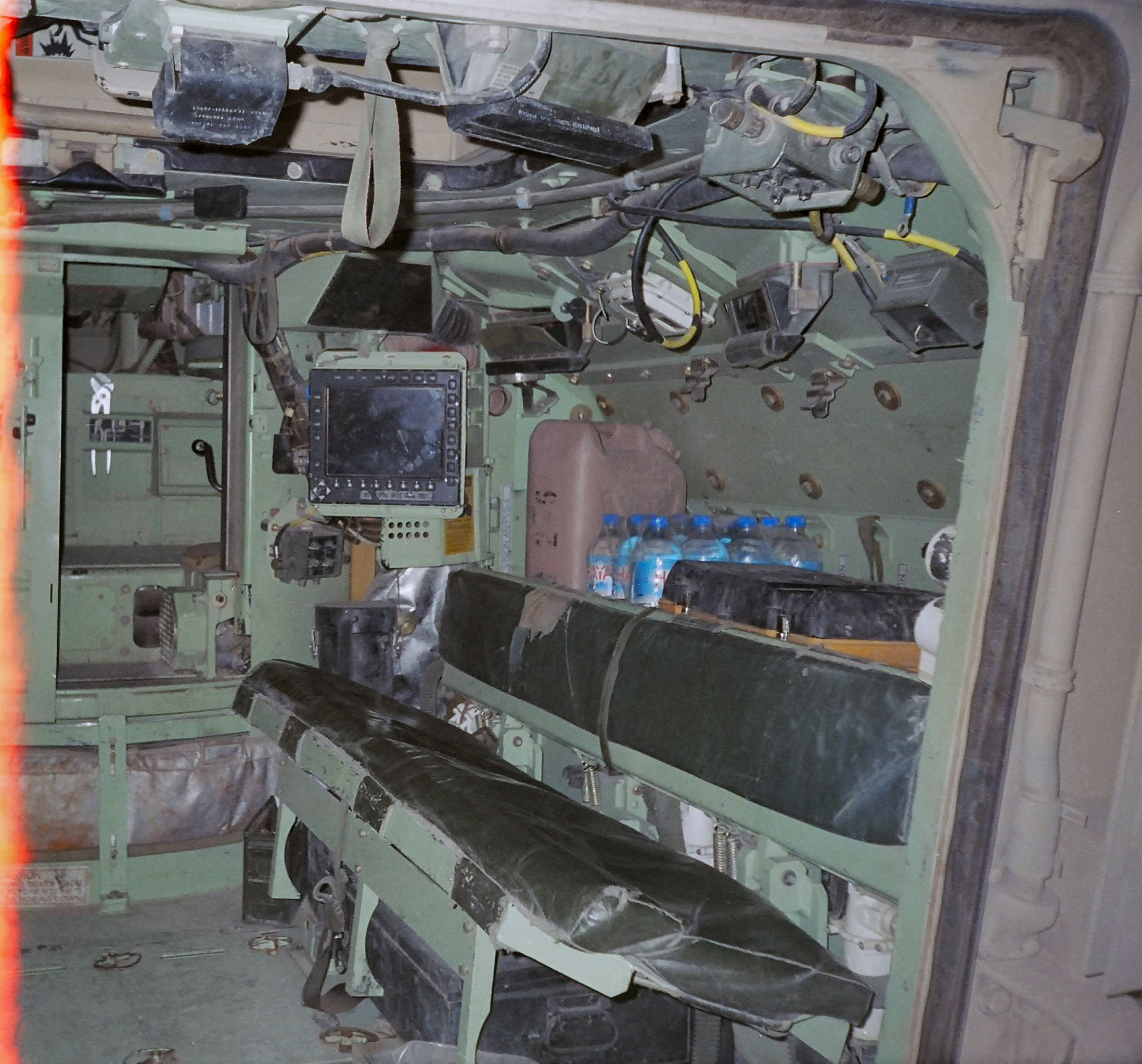It occurred to me that there are plenty of folks who don’t understand how and why Magpul’s fantastic PMAGs became the standard magazine for AR-15 users both civilian and military. So let’s take a stroll down memory lane.
In terms of product, Magpul’s PMAGs1 hit a solid mix of reasonable price, reasonable quality, reasonable durability, and reasonable reliability of feeding (which is to say, function). They’re also pretty ubiquitous. Easy to find almost anywhere. While you can buy more durable magazines, they will cost you more. And mags that are cheaper by a large enough margin to care about don’t work as well.
Magpul wasn’t the first to come to market with a polymer magazine. Their first prototypes were made in 2006. They were among the first to come out with a polymer magazine that worked well, and they had built a customer base with some of their other quality products, like their magazine pulls (hence the company name).
Of course, the AR-15’s original magazines were made from thin aluminum. They were originally intended to be disposable after a single use, and this allowed the Armalite design team to make them very lightweight. However, the military did not go for that, and reissued magazines. Civilian shooters would also not treat aluminum magazines as disposable items either. However, the Armalite design team was not given a chance to redesign the magazines to make them more durable.
One of the things that will crop up with ‘USGI’ aluminum magazines is that the feed lips can deform, whether from being dropped or being smacked or whatever. And a property of metal is that when deformed with enough force, you’ll get “plastic deformation,” i.e. it will stay bent. If the feed lips get messed up, your mag isn’t going to work. These can be subtle problems. Your eye won’t know, but your rifle will. Like the princess and the pea.
Now, the military hates to throw things out, so mags that get bad from use and abuse (or stupid, stupid boots) are going to stick around. And civilians aren’t very likely to throw out bad mags either. They paid good money for those! That’s not to mention the affect of the 1994 Assault Weapons Ban, which allowed the sale to non-law enforcement civilians of standard capacity magazines made before 1994. So those aluminum mags were going nowhere. And those old mags were now worth a premium, so whatever crappy mag that a guy could dig up could be resold at a significant profit. Even if the mag was beat to hell.
I still have a folder of data on my hard drive of proper feed lip dimensions and instructions for retuning feed lips to get them close to original spec so that they wouldn’t induce double feeds. Ugh. Bad memories.
After the sunset of the ban in 2004, the market exploded with manufacturers making standard capacity magazines. Of course, the nature of the aluminum USGI magazines meant that it was pretty hard for the layman to tell if the magazine was made by anyone who knew what they were doing. Substandard materials or construction methods could lead to more problems. Or more rapid onset of problems. Or not; you could just get lucky.
Enter Magpul’s PMAG. Magpul hit the market with a good design, good materials (finally–remember this wasn’t the first attempt at a polymer AR-15 magazine), and good quality control. If you bought a Magpul PMAG, it would work, unlike previous polymer magazine efforts. And you didn’t find PMAGs in a box with a bunch of other curbstomped mags at a gunshow. Even if you did, they looked distinctive. Plus, they were cheap enough to buy a lot of.
Once they got the polymer magazines working well, Magpul’s choice of material brought other benefits. Polymer doesn’t deform like aluminum does; ironically it doesn’t do “plastic deformation”. It’ll either spring back to its original shape (elastic deformation) or break. And when it breaks it’s obvious. Maybe there’s a chunk of feedlip missing. Maybe there’s a big crack down the back of the magazine. Maybe the weld split. And it’s probably going to vomit bullets all over the floor when you try to fill it.
There you have it. Why we love our PMAGs.
- All caps, because Magpul spells it that way. And when I say PMAG, I do mean “Magpul’s PMAG” not something else. Not the imitators. And I like Magpul a lot, so I’ll happily oblige them on their branding. ↩

 Unlock with Patreon
Unlock with Patreon